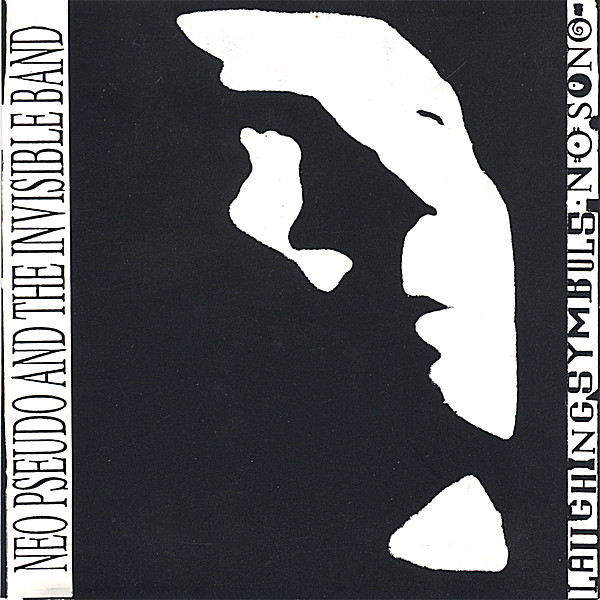
Robiglio, Matteo
Featuring case studies in Philadelphia, Washington DC, Pittsburgh, Chicago, Detroit and New York, RE USA offers inspiration and guidance for how cities can use their industrial legacies for innovative development
As the global economy has changed over the past decades, it has left an architectural legacy of abandoned factories, warehouses and docks in its wake. But these spaces need not remain empty; the history of post-industrial society is still being written. All over the world, abandoned industrial infrastructure is being creatively repurposed. Culture, leisure, sport, research, education, design, services, production, housing and even agriculture are finding new spaces, and, in the process, breathing life back into abandoned factories and their surrounding communities. Known as adaptive reuse, this process can occur at grassroots and official levels alike, sparked by whoever feels the power of the industrial past and dares to imagine a future for its legacy--whether it's professionals, activists, decision-makers, entrepreneurs or committed citizens.
RE-USA provides a toolkit for adaptive reuse grounded in practical examples. Cities and cases are selected to illustrate the power of innovative processes and projects based on private-public partnerships, bottom-up initiatives, community involvement and smart design despite difficult conditions, from declining demography to weak real estate values and scarce investment.
Looking at the different ways several major post-industrial cities in the United States have tackled these challenges, architect Matteo Robiglio develops an eight-step procedure for making adaptive reuse work. Featuring case studies in New York (the High Line, Brooklyn Bridge Park), Philadelphia (Urban Outfitters at Navy Yard, Onion Flats), Washington, DC (Union Market), Pittsburgh (Ohiopyle, Monongahela, Bakery Square, Penn Street, Keystone Commons), Chicago (The Plant, 606, Rebuilding Exchange) and Detroit (Shinola headquarters, Slow BBQ, Eastern Market, Russell, Packard, Charlie O'Green), RE-USA offers inspiration and guidance for how cities can use their industrial legacies for innovative future development.







